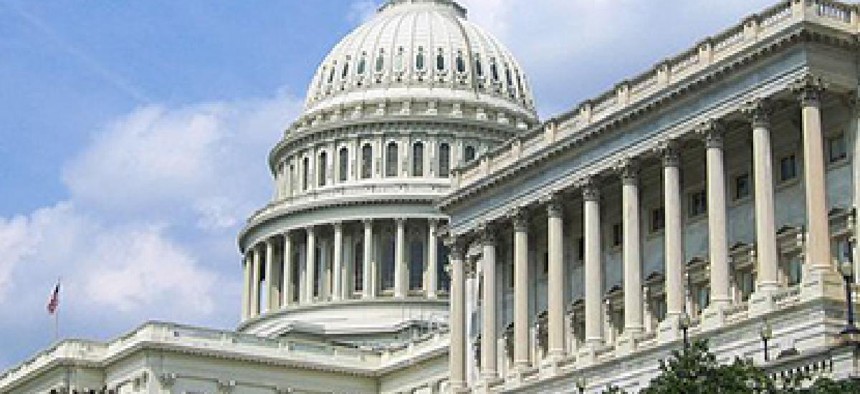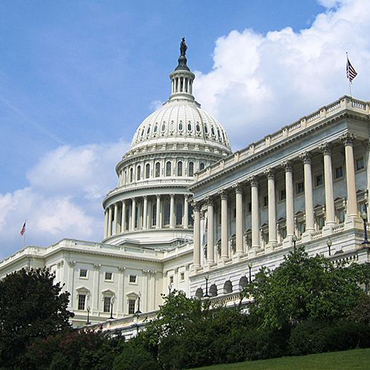Congress looks for interagency coordination on drones

Lawmakers are considering putting DHS in charge of an interagency task force on drone security.

Lawmakers are calling on the Department of Homeland Security to produce a comprehensive strategy to combat the potential threat of domestic drones. Citing the January crash on the White House South Lawn, members of the House Homeland Security Subcommittee on Oversight and Management Efficiency called for a better understanding of the threat environment and remedial technologies.
Through its Science and Technology Directorate, DHS has been assessing unmanned aerial systems' applicability to law enforcement, but "much more needs to be done to safeguard against malicious actors" that use the technology, Subcommittee Chairman Scott Perry (R-Pa.) said at a March 18 hearing. DHS "needs a cohesive strategy to address these issues."
Mississippi Rep. Bennie Thompson, the top Democrat on the full committee, said he was disappointed that DHS did not accept an invitation to testify. A DHS spokesperson declined to comment on why the department did not accept the invitation.
DHS, with its mission to protect the country and its responsibility for the Secret Service, might seem a natural starting place for any drone mitigation strategy. Fred Roggero, a retired Air Force major general who is now an aviation consultant, told the subcommittee that while DHS should have a role in shaping the strategy, the Defense Department and, perhaps, the Energy Department should also be included, given the sensitive sites under the latter’s charge.
Gregory McNeal, an associate professor at the Pepperdine University School of Law, warned against the possibility of federal agencies assessing the threat from drones in separate silos rather than collectively.
"That might be part of the problem … that in each stovepipe across agencies, various individuals might be working on the threat, but there's not a single point of coordination," he told the panel.
He suggested Congress designate a specific person or office at DHS for leading the interagency strategy. He cited as precedent the Counter-MANPADS System Program Office, a temporary DHS outfit established to assess the threat to commercial aviation posed by surface-to-air missiles.
Drones pose technological as well as bureaucratic challenges to federal agencies.
Todd E. Humphreys, an assistant professor at the University of Texas Cockrell School of Engineering, offered one possible remedy.
"For especially sensitive sites like the White House, we could deploy a network of infrared cameras set up to detect and track an incoming drone by looking for the thermal signatures of its warm batteries and motors," he said. "And this network of sensors could be used to guide an always-ready squadron of interceptor drones that could capture the intruder in a net and carry it off."


